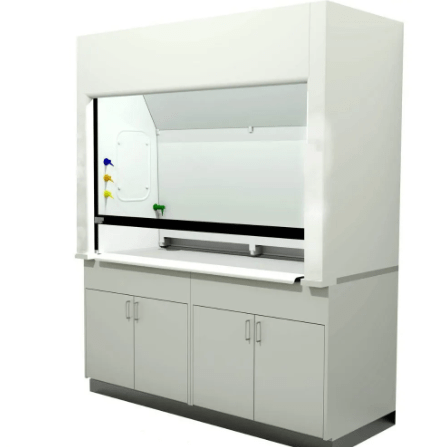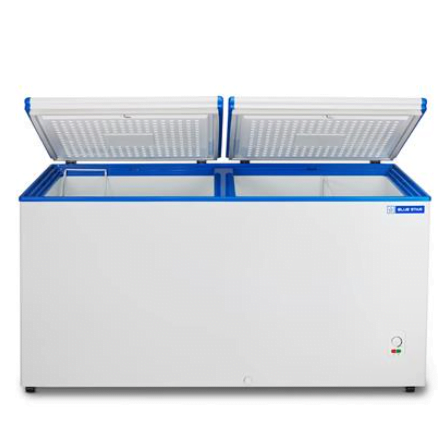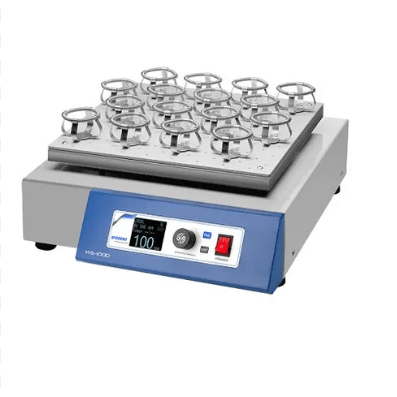Introduction to Air Curtains: In the realm of indoor climate control and energy conservation, air curtains emerge as silent heroes. Often overlooked but highly effective, air curtains serve as invisible barriers that separate two distinct environments while allowing seamless passage for people and objects. From commercial establishments to industrial facilities, air curtains play a pivotal role in maintaining indoor comfort, improving energy efficiency, and enhancing overall environmental quality.
How Air Curtains Work: At its core, an air curtain is a device that emits a controlled stream of air across an opening, creating a barrier between two spaces with different temperature or environmental conditions. By producing a continuous flow of air at a high velocity, air curtains prevent the exchange of indoor and outdoor air, effectively blocking drafts, odors, dust, insects, and pollutants from entering the conditioned space.
Applications and Benefits: The applications of air curtains span across various industries and environments. In commercial settings such as retail stores, restaurants, and healthcare facilities, air curtains are commonly used to regulate indoor temperatures, enhance customer comfort, and maintain sanitary conditions by preventing the ingress of contaminants. In industrial facilities, air curtains serve as crucial components of HVAC systems, aiding in climate control, humidity management, and air quality improvement.
The benefits of air curtains are manifold. By creating an invisible barrier, air curtains help to reduce energy consumption by minimizing heat loss or gain through doorways and entrances. This translates into significant cost savings for businesses and building owners, as well as a smaller carbon footprint. Additionally, air curtains contribute to improved indoor air quality by preventing the infiltration of outdoor pollutants, allergens, and particulate matter.
Advancements in Technology: In recent years, advancements in air curtain technology have led to the development of more efficient and versatile systems. Modern air curtains feature adjustable air velocity, directional airflow control, and customizable settings to accommodate diverse application requirements. Additionally, innovations such as infrared sensors and smart automation enable seamless integration with building management systems, allowing for optimal performance and energy savings.
Future Perspectives: Looking ahead, the future of air curtain technology holds great promise. With growing emphasis on sustainability and energy efficiency, air curtains are poised to play an increasingly prominent role in building design and HVAC engineering. Innovations in materials, aerodynamics, and sensor technology will continue to drive improvements in performance, reliability, and cost-effectiveness, further expanding the applications and benefits of air curtains across various sectors.
Conclusion: In conclusion, air curtains represent a vital component of modern building infrastructure, offering a multitude of benefits ranging from energy savings and environmental sustainability to indoor comfort and occupant health. As technology advances and awareness of their benefits grows, air curtains will continue to be valued for their role in enhancing indoor environments and optimizing resource utilization in a rapidly evolving world.




